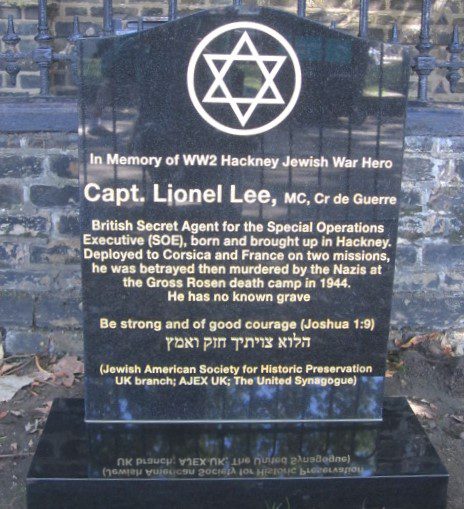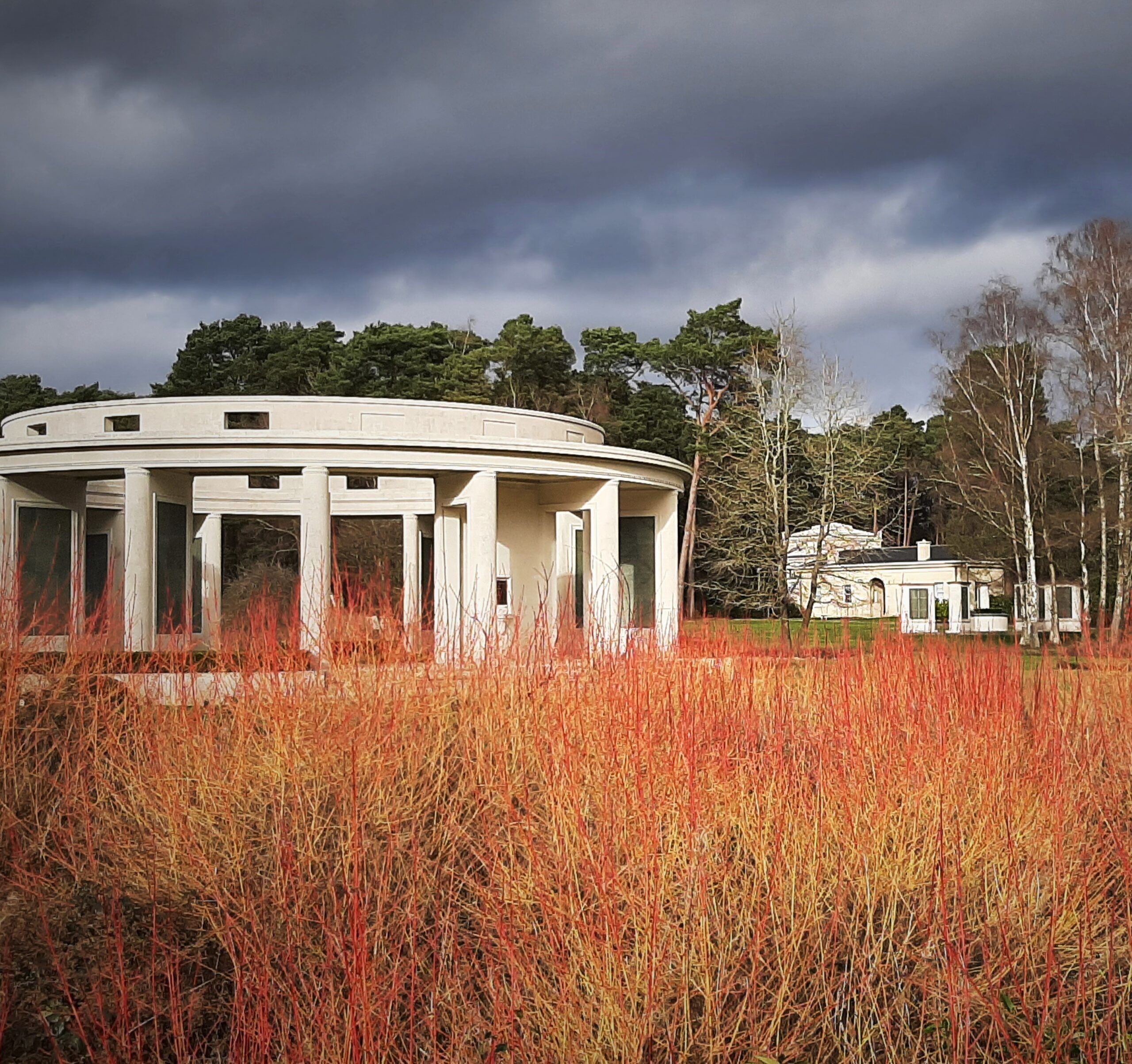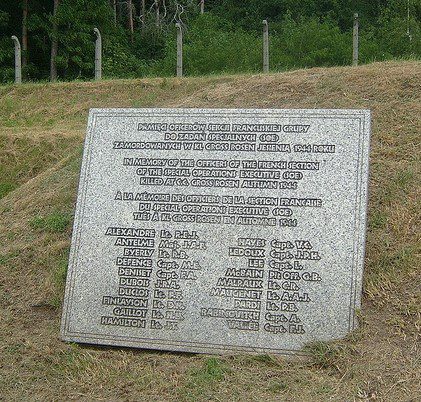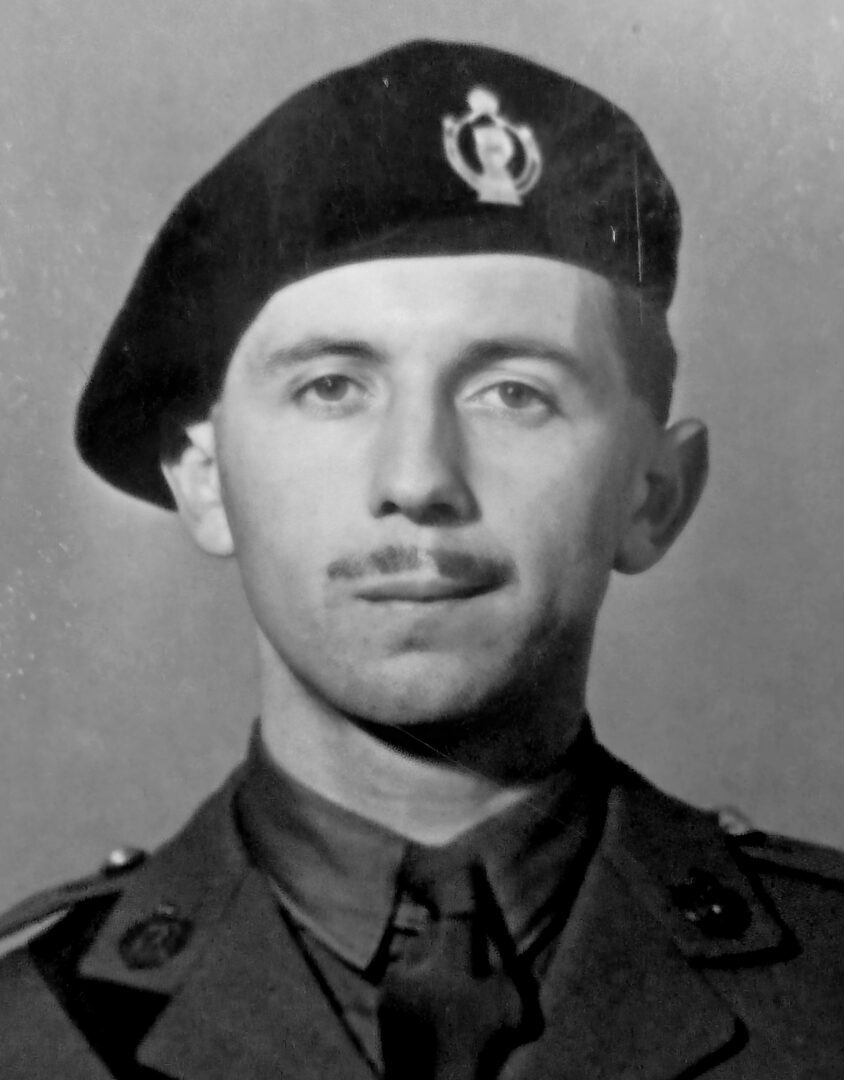Captain Lionel Lee MC Croix de Guerre
F (French) Section, Special Operations Executive
CAPTAIN LIONEL LEE MC, Croix de Guerre.
Lionel Lee was born in Hackney, London E9 on 24 June 1917, the son of Abraham and Esther (née Tribich) Levy (also recorded as Levey) of 2 Fremont Street, King Edward Road. He had four siblings – Ashe (Asher), Pearl, Sidney and Ruth. Family records show a presence in north and east London, though Ashe was born in Plymouth, Devon where his father had been a tailor. but no other details of his early life or education are known. By the time he joined the British Army the family name had changed to Lee (his father became Alfred Lee) and he was married, to Lilian (née Raiment) with a home address of 10 Nightingale Road, Lower Clapton, London E5[1] and he was studying to become a language teacher, presumably having a complete command of French.
Bfore volunteering for SOE he had joined the Royal Armoured Corps and was commissioned as a Second Lieutenant in May 1942. He then transferred at his own request to F (French) Section of the Special Operations Executive, SOE and was taken on strength from June 1942 when he began his training at Special Training School, STS 5, at Wanborough Manor, near Guildford in Surrey. He completed SOE’s training syllabus as a radio operator, having attended the W/T school at STS 52, Thame Park in Oxfordshire.
Promoted Captain in November 1942, his first mission was into occupied Corsica in order to support an intelligence circuit of the BCRA, the Free French intelligence service. He was landed by submarine in February and it was recorded that he sent 70 messages and received 60 in return, never once losing contact with his home station in Algiers.
He returned to Britain in November 1943 when French forces liberated Corsica and, once debriefed, he volunteered for a second mission. In recognition of his first mission, Lee was awarded a justly deserved Military Cross, gazetted on 9th December 1943.
For his second mission, Lee was selected to be the radio operator to the BRICKLAYER team led by Major France Antelme, one of F Section’s most experienced agents, with Ensign Madeleine Damerment as their courier.
Lee was given the code name MECHANIC, field name Thibaud and a false identity of Jacques Lionel Heriat. His radio traffic was to be codenamed DAKS.
He was dropped by parachute from a Halifax of 161 Squadron from RAF Tempsford on the night of 29 February/1 March 1944, some 30 kilometres east of Chartres. The operation and reception on the drop zone had, however, been arranged by the Germans as part of their Funkspiel using the captured radio set and codes of Noor Inayat-Khan (NURSE/Madeleine) of the PHONO circuit. Lee, Madeleine and Antelme were therefore immediately arrested as they landed.
The Germans, highly pleased to have caught Antelme in particular (it was known he was an important agent and one that they had been searching for in the summer of 1943) nevertheless wanted to protect the fact that one of their own operators was transmitting using Noor’s set and codes. They succeeded in establishing radio contact, supposedly transmitted by Lee and continued to send messages until, on 4th May it was noted that Lee’s special security check had been incorrectly used and London at last decided that the BRICKLAYER team was compromised.
It is likely that Lee was in a group of captive agents deported to Germany and who arrived, by lorry, at Rawitsch (now Rawicz, in Poland) prison around 18 May 1944.
It is believed that, in the period 24 June to `4 September 1944, after orders were received from Berlin for the execution of the SOE agents at Rawitsch, they were taken in two groups to the Gross-Rosen concentration camp. As special prisoners, the SOE officers transferred from Rawitsch were held in isolation in the wetterstelle (weather station) building, slightly apart from the other camp buildings. The first group, believed to total ten, were there only for four or five days when, at dawn on a Sunday morning they were stripped naked and executed by firing squad.
The second group, brought shortly afterwards from Rawitsch, were shot immediately after arrival. Witnesses were later to claim that a Ukrainian named Ivan who worked in the camp’s crematorium, extracted gold teeth from four of the victims before their bodies were burned. Fritz Deubel, an inmate of Gross-Rosen, was the sole witness to have identified, from a photograph, Lee as one of the prisoners brought from Rawitsch.
Lee would have been 27 years old if executed in the period June to September 1944 and his body disposed of in the crematorium at Gross-Rosen. He was awarded the Military Cross by the British after his first mission in Corsica and later the Croix de Guerre by the French government.
Lee is officially commemorated on the Memorial to the Missing 1939-1945 at Brookwood Military Cemetery in Surrey, panel 1, column 2. As well as his listing at the F Section memorial at Valençay, France, he is commemorated on the F Section SOE memorial at the site of the former Gross-Rosen concentration camp, near Rogoźnica in what is now Poland. He is also remembered at Lauriston Road Jewish cemetery, Hackney, near where he was born. The memorial there was funded by The Jewish American Society for Historic Preservation, led by Jerry Klinger, and was arranged by Martin Sugarman, AJEX Archivist, and the United Synagogue in August 2023.
Sources: Lee’s SOE personal file is TNA HS9/905/4, that of Colonna d’Istria is TNA HS9/780/5 and that of Jean Acquaviva is HS9/6/6. Genealogical details were kindly provided by Jen Hilton and Cathie Hewitt and additional information came from Martin Sugarman of AJEX and the Susan Horowitz, a niece of Lionel Lee.
Paul McCue
30 August 2023
[1] His SOE personal file wrongly records Clapham, rather than Clapton. The correct address was located thanks to the diligent efforts of Jen Hilton.
Photos (left to right): Lauriston Road Jewish cemetery, Hackney (credit M. Sugarman); F Section memorial, Valençay, France (credit M. Cox); Memorial to the Missing, 1939-1945, Brookwood, Surrey, England (credit P. McCue); F Section memorial at the former Gross-Rosen concentration camp, near Rogoźnica, Poland (credit P.McCue).




